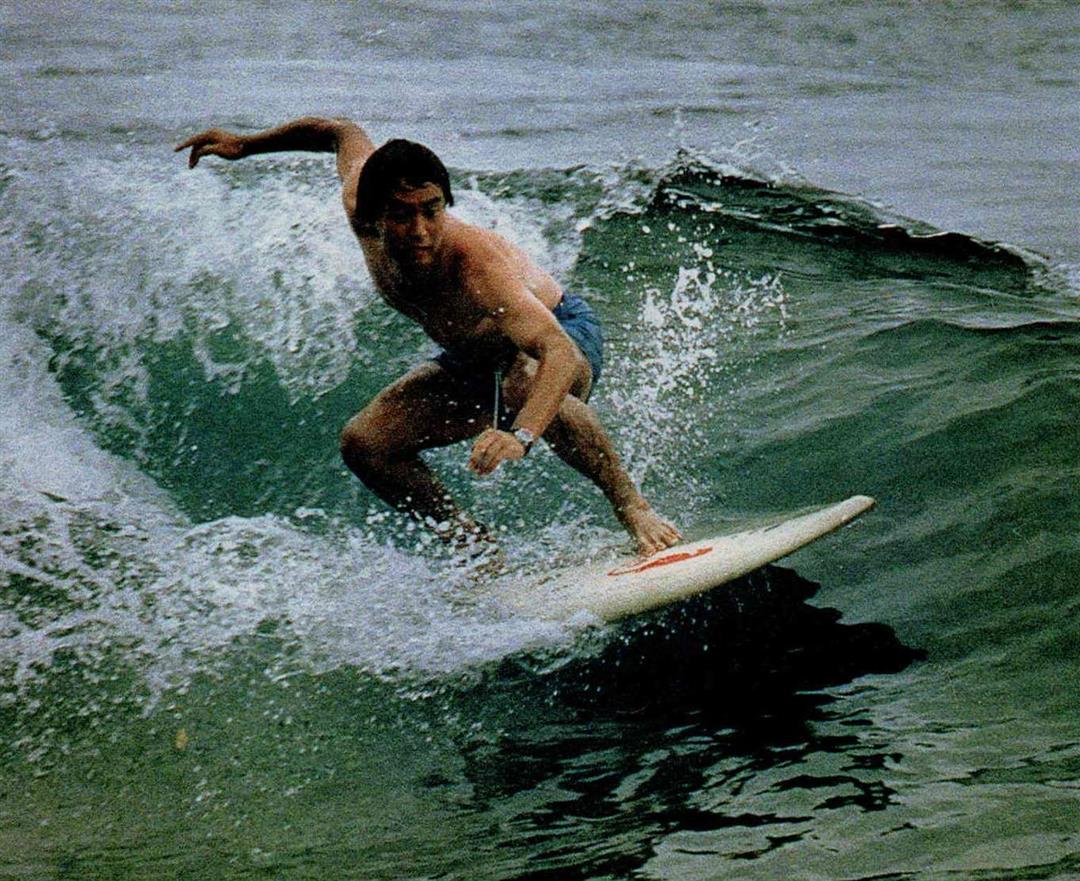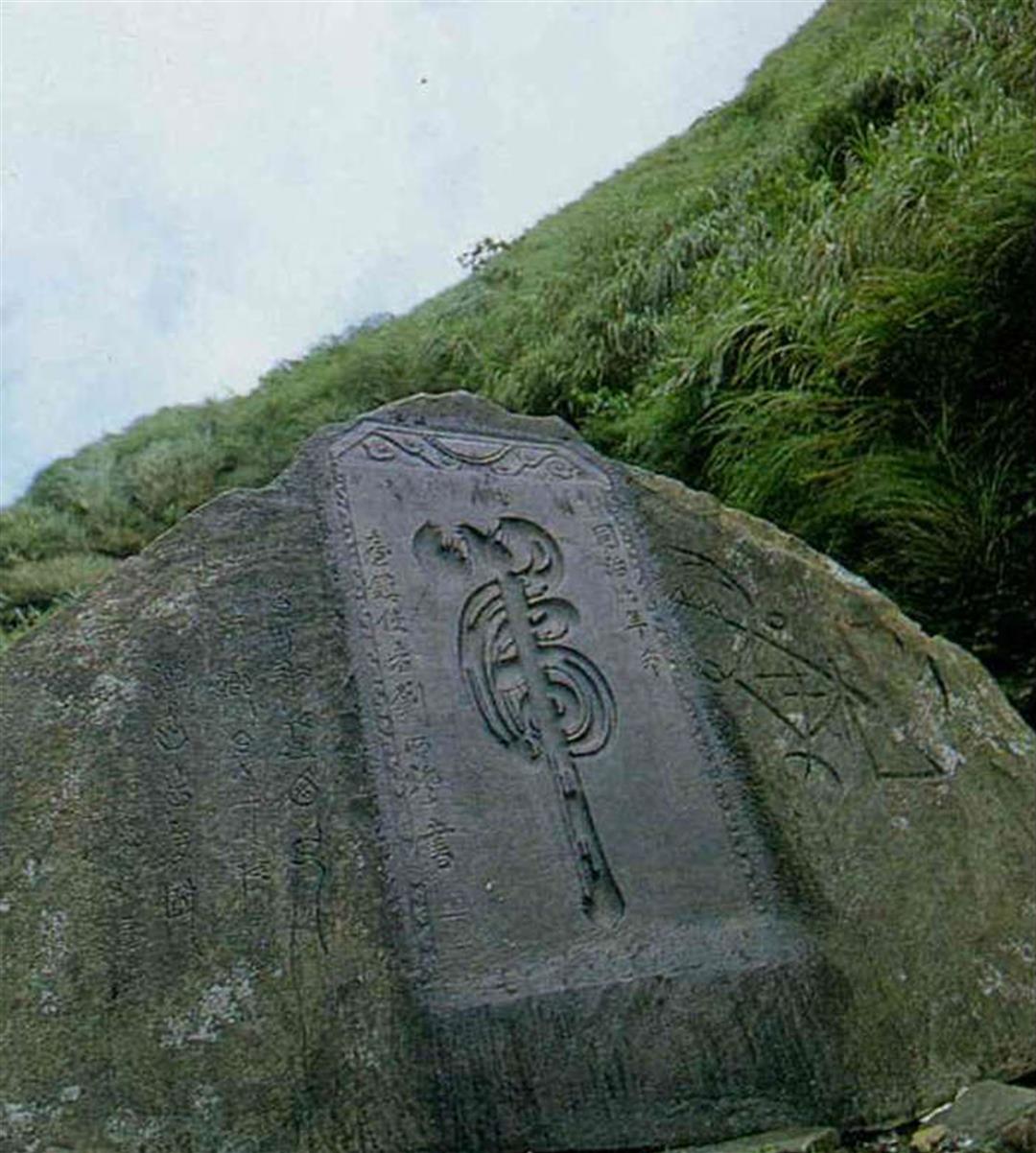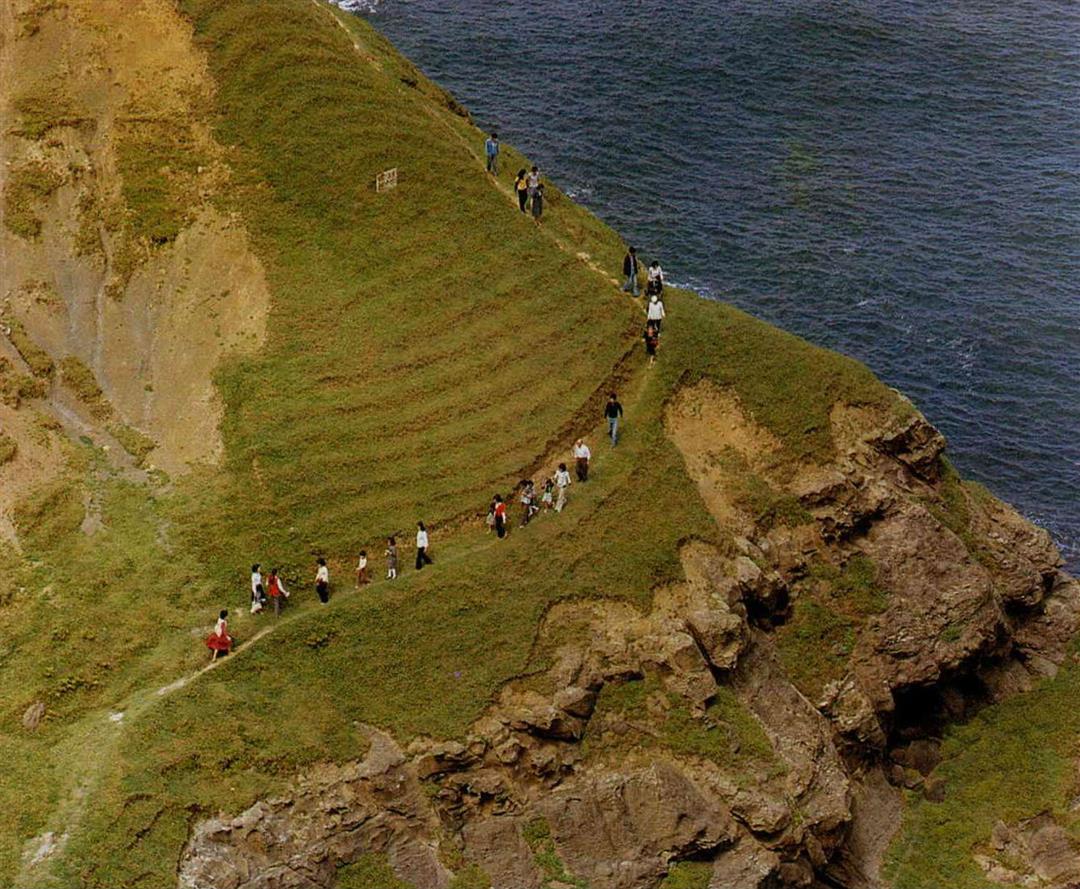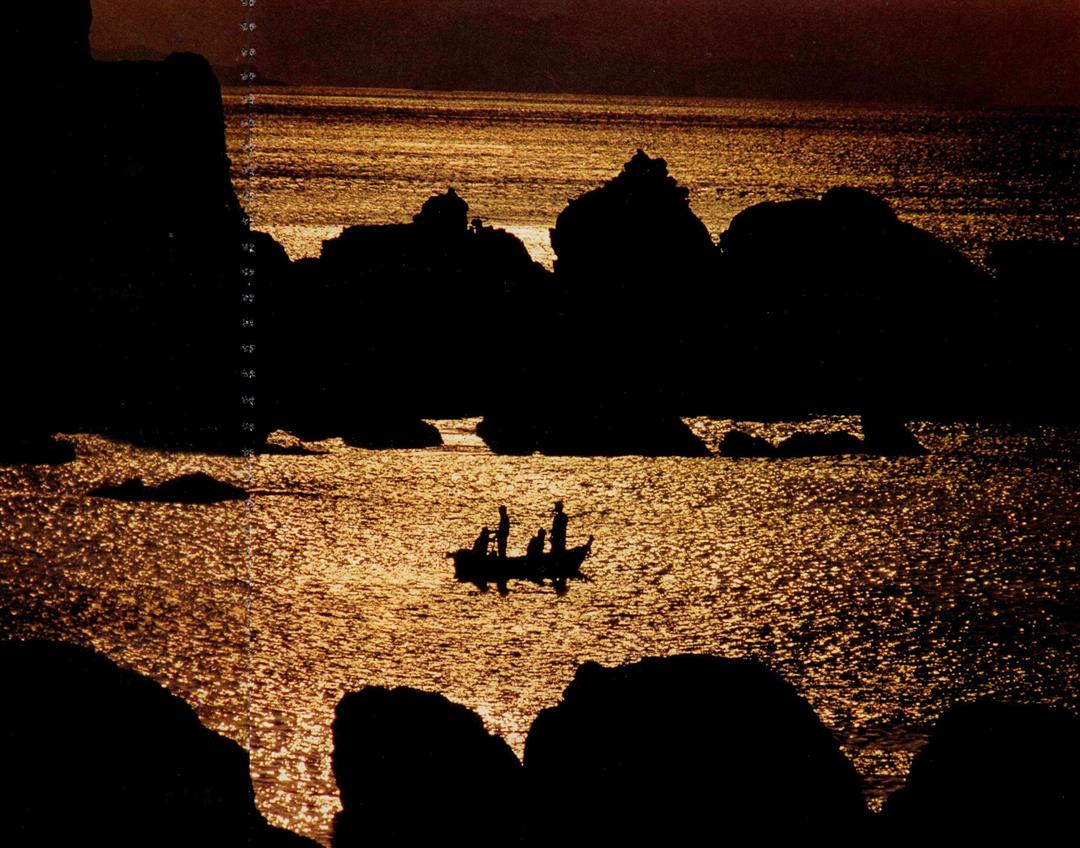Petrified shells, remnants of animals dead for millions of years, lie scattered on hillsides, evidence of Taiwan's former undersea existence. Nearby Dragon Cave, extending 100 meters in depth, exhibits rock specimens that delight all geologists who visit, and Santiao Point is a favorite spot for scuba divers. Surfers find their place in the sun at Tahsimiyueh Bay. Taiwan's Northeast Point is the home of these intriguing places, and although this strip of land is only 44 kilometers long, its attractions draw all kinds of people.
Properly speaking, the Northeast Point extends from Juifang in Taipei County all the way south to Toucheng in Ilan County, being made extremely convenient for visitors by a highway which runs down the coast. Once there, travellers can hike in the mountains or play in the surf. The weather for the most part is mild all year round, although surfers may skip the winter season due to its cold fronts and brisk winds. For those with limited time, two or three days provide plenty of opportunity to see the natural sights this area has to offer. Inexpensive, fresh, delicious seafood can be found readily along the coast, and for those that need a bed, there is a hotel in Fulung. Those that prefer more freedom may find happiness with sleeping bag and motorcycle.
The rest of us can take the half-hour bus ride from Taipei to Keelung, transfer buses, and then ride for another forty minutes along the coast to Pitou Point. On the way, the bus passes through a string of small fishing villages, and the visitor can smell the bracing sea air, full of salt and fish aroma. As the bus winds its way, Pitou Point, with its lonely lighthouse standing sentry against the elements, makes a series of momentary appearances, serving as a guide for fishermen at sea. At night under the protective gaze of the lighthouse, inhabitants of the secluded village of Pitou set out in their boats for night fishing, their lanterns twinkling through the mist. Visitors can camp by the lighthouse, which lies an hour's walk from the village, and sleep listening to the breakers roll in.
Underwater as late as 3-7 million years ago, this area was created by rising faults in the earth's crust. The land is dotted with many peculiar nooks and crannies, reminding the visitor that the spot was once the ocean floor. Shellfish and earthworm tracks can be found readily in the rock-like earth. In addition, there are many caves and huge block-like slabs of stone, resembling large, irregular pieces of tofu and sometimes measuring several hundred meters.
An hour and a half walk leads the visitor to Dragon Cave Cape, one of the most striking seaside sights in Taiwan. Most capes on the island offer rather commonplace scenery, being simple extensions of mountain ridges, but at Dragon Cave Cape, wind and water have worn down to a considerable extent the soft shale of the mountain ridge, leaving the sandstone point to stand out with unusual prominence. After twenty minutes of exploring the cape, the road yields to stone, and the visitor finds on the left an expanse of massive rocks, extending for 100 meters down to the seashore. On the right stands a sheer stone cliff, perhaps 100 meters high, which becomes ever more threatening as the visitor navigates between huge boulders and around chasms. At the end of the route lies mammoth Dragon Cave, which is said never to have been completely explored.
Originally part of the sea floor, Dragon Cave is a conglomerate, a melange of different kinds of rocks bound together by a calcium cement. Some visitors enter fully equipped with rock climbing gear, while others use it as a jump-off point for scuba diving in Dragon Cave Bay, with its lush undersea vegetation.
A late afternoon climb to the summit of Dragon Cave Cape allows the visitor to enjoy a spectacular sunset view. Among the many small ridges and valleys sits small and modest Hsilingyan Temple, built in 1854. A bell, over one hundred years old, rests inside, blackened by the incense of over a century. After leaving and descending the mountain, the visitor can board a bus and in an hour be in Fulung to spend the night.
Fulung, with its broad white beaches, has long been a favorite summer spot in Taiwan. Visitors wanting to stay at the hotel can make reservations or spend the night in the camping ground, full of tents of every color.
Further south, passing a series of mountains protruding beak-like into the sea, the visitor comes to the small plain between Lailai and Yingke Rock. Protected from the seasonal cold fronts by Santiao Point, the spot is a favorite place for fishermen and fishing contests. From here the visitor can go by Kutao, a 10km road said to be first constructed in the 18th century, to the T'ienkung Temple, the largest in the area and beautifully decorated. The road itself is made of stones both old and new, and features a large stone tablet inscribed with Chinese character for tiger to counter the strong winds which buffet the area.
Coming down the mountain and seeing the Ilan plain spread out below, some visitors may wish to head home, but others might continue south to Suao, where a hot springs bath will revive the spirits after a hard two days of hiking and exploring.
(Translated by Archie Leeds)
[Picture Caption]
The beautiful vista of Dragon Cave.
Irregular rock formations and pounding surf are commonplace sights on the Northeast Point.
Dragon Cave Cape, a swirling mass of foam and rock.
This noble quartz specimen is the hardest and most favorite rock in the area.
Surfers often frequent the Northeast Point.
The stone tablet on Kutao Road.
The northeast coast is ideal for cycling.
Windsurfers add color and excitement to northeast coast.
A lone fisherman at Tahsimiyueh Bay.
Protruding into the Pacific, Pitou Point is a favorite hiking spot.
Dusk brings a warm, pleasant glow.

Dragon Cave Cape, a swirling mass of foam and rock.

Irregular rock formations and pounding surf are commonplace sights on the Northeast Point.

This noble quartz specimen is the hardest and most favorite rock in the area.

Surfers often frequent the Northeast Point.

Windsurfers add color and excitement to northeast coast.

The stone tablet on Kutao Road.

The northeast coast is ideal for cycling.

A lone fisherman at Tahsimiyueh Bay.

Protruding into the Pacific, Pitou Point is a favorite hiking spot.

Dusk brings a warm, pleasant glow.